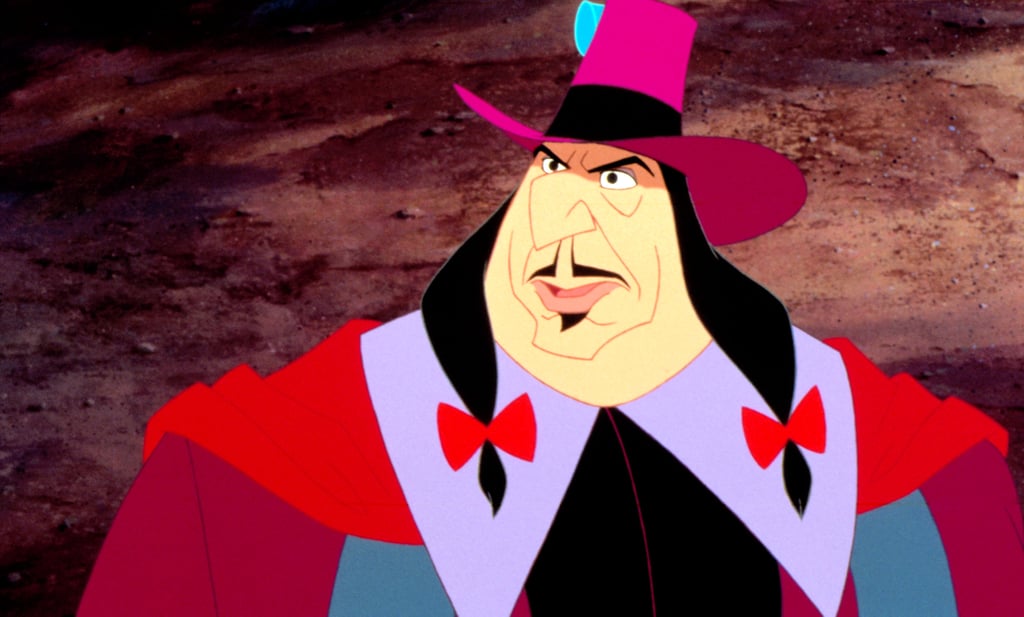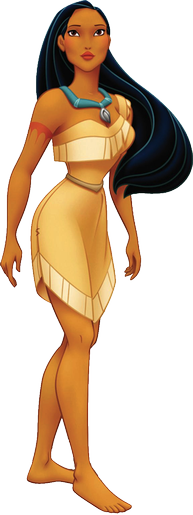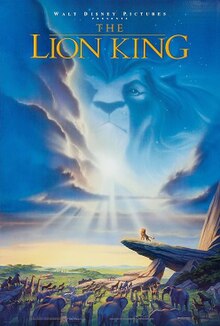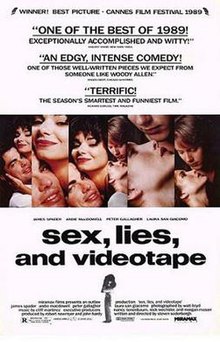Welcome to part 2 of my ongoing saga of deconstruction of the pretentiousness and cynicism of Disney's 1995 film, Pocahontas. In part 1, we discovered Disney's purely cynical motives into making this film. Now we're going to cover how the cynicism really paid off.
Artistic License That's Not Really Artistic
Let me make one thing perfectly clear, I have nothing against Hollywood filmmakers taking creative liberties with historical events for entertainment and artistic purposes. Braveheart is one of the most historically inaccurate films ever made and I liked that film as a movie. I'm pretty sure there's historical inaccuracies in epics like Lawrence of Arabia, but I don't think those really matter because they were great films regardless. But the historical inaccuracies in Pocahontas do matter, because the film depicts Pocahontas and John Smith as star crossed lovers who are meant to be. I'm sorry to say this, but that's dumb. That's a stupid idea. It feels like a 5 year old came up with this movie. Like I said in part 1, if John Smith fell in love with Pocahontas in real life, then history will judge Smith as a sick child molester, since the the real Pocahontas was about 12 or 13 in 1607.
The Child Pandering Comedy Relief
Okay, so you try to make an animated film set in the 1607 Jamestown settlement in Virginia and you try to make a serious film about racism, exploitation of the foreign land, and colonialism. Here's the problem, if you're trying to make a serious film that takes these topic seriously, then why shoehorn comedic scenes where a racoon and a spoiled pug dog fight over food? Simple, to make desperate attempts of catering to little kids with its comedy relief and sell toys at your local Burger King. Now, there's nothing wrong with blending humor and drama in animated films, but when you put in comedic side kicks primarily to entertain the little kiddies, sell toys at McDonalds and Burger King, and contribute little or absolutely nothing to the film's story, then you're basically pandering to kids and disrupting the serious tone of the movie.
One Dimensional Characters
After the morally grey characters from the previous films in The Disney Renaissance, we are left with cookie cutter characters because the film tells an overly simple, black and white story of good and evil set in actual events that are grey.
Let's start with our 2 lead characters, Pocahontas and John Smith. Creative liberties aside, the real problem is that there's really no depth to them. After the complex, yet believable relationship between Belle and The Beast, Pocahontas and John Smith are basically 2 bland goodie goods with barely any personality. There's really no arc to these characters, they just love each other regardless of different cultures and skin color.
I already addressed the comedic side characters and I really don't want to repeat myself.
But the most disappointing character in the film is Governor Radcliffe. Roger Ebert said in his mildly positive review of the film that it lacks an interesting villain and he's right. Disney has a long history of memorable and entertaining villains. But that's really not the case with Radcliffe. He's just a one-dimensional buffoon whose primary motive is greed. That's all there is to the character.
This begs the question, if the filmmakers want to make a serious film that addresses serious subject matter, then what's the point of writing black and white characters to overly simply things for the kiddies? That's a good reason why Disney should not be making animated films based on historical events.
The Animation
The animation and art style of the film is a mixed bag. The film has some striking colors and the backgrounds and locations are well detailed. But where the animation really falters is in the characters designs.
The best place to start is the titular protagonist herself. Notice how attractive her physical appearance is. In fact, don't take my word for it. Reportedly, Jeffrey Katzenberg told Glen Keane, the character's supervising animator, that she has to look "sexy". So Keane partly took inspiration from supermodels like Naomi Campbell and Kate Moss. Kind of weird that you're assigned to animate a female character and one of the first things you do is to objectify the opposite sex. Nice job setting an example when it comes to women Disney.
But other than that, most of the character designs either come off as stiff and even comes off as uncanny valley at times. Speaking of uncanny valley...
MOMMY, THERE'S A SCARY MONSTER!
Yeah, apparently Pocahontas takes words of wisdom from a talking tree named Grandmother Willow and she's scary as hell. I mean... just look at her.
The CGI work in this film doesn't really age well. After the majestic ballroom scene in Beauty and the Beast and the action packed stampede in The Lion King, the CGI looks really dated. But don't worry, because Pixar will later give us Toy Story a few months after Pocahontas and has better CG than this.
The Music
The musical score and songs were written and composed by Alan Menken, with lyrics written by Stephen Schwartz. Menken must have been struggling really hard after the death of Howard Ashman in 1991. I really like the musical score of this film, but the lyrics by Schwartz is a bit on the nose. The best example is in the villain song "Savages", when the English settlers and the Native American begin to attack (for example: "They're not like you and me, which means they must be evil"). The score is fine, but the songs are a bit on the nose.
Conclusion
Overall, Pocahontas is one of Disney's weakest animated features and the worst film in the Disney Renaissance era. I can see what the film is trying to do, but it doesn't make up for it's one dimensional characters, historical inaccuracies, beautiful looking yet stiff animation, on the nose songs, confused tone, and formulaic storyline. But the film's biggest crime is that it's nothing more than exploitative Oscar bait. Making a film to chase the Best Picture Oscar that Beauty and the Beast failed to win makes this film pretentious in my book. However, Pocahontas may very well be the only live action remake that I do want to see. Don't remake stuff like Beauty and the Beast and The Lion King, remake films like Pocahontas. That would totally make up for many of the film's flaws. If the remake gets made, I'll be ready.











